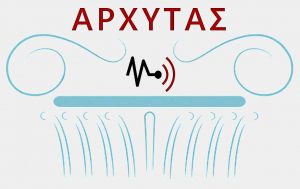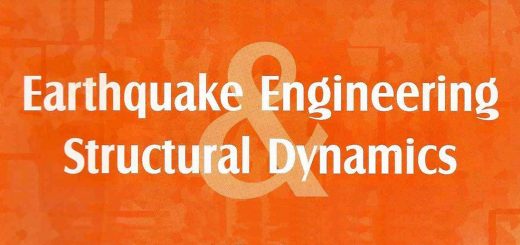Rocking body dynamics with the Material Point Method
Sofianos C.D., Koumousis V.K. (2021). Rocking body dynamics with the Material Point Method. in Proceedings of the 4th International Conference on Protection of Historical Constructions (PROHITECH 2020), 25-27 October, 2021, Athens, Greece.
Abstract | In this work the Material Point Method (MPM) is employed to study rocking body dynamics. In the MPM the body is discretized into a number of material points that hold all the variables of the system such as stress, strain, velocities etc. The method employs a background grid, and the various variables are mapped tothe nodes of the grid using shape functions similar to the Finite Element Method. The equations of conservation of momentum and conservation of energy are solved at the grid nodes and the updated state variables are again mapped back to the material points updating their positions and velocities. Mass conservation is automatically satisfied since every material point holds its mass during the analysis. The background grid is only used to solve the governing equations at the end of each computational step and after that, it is reverted back to its original undeformed configuration. The method employs a single velocity field for all material points, that results in an Inherent no-slip, no-penetration contact algorithm. This means that collisions and contact are automatically resolved. The method is extended by introducing Coulomb friction forces along the contact surface. This way in addition to avoiding interpenetration of bodies, friction sliding is allowed. The method is accessed in terms of its capability on resolving contacts and simulating the rocking behavior of rigid blocks and deformable bodies. In addition to the benchmark problem of a rigid block subjected to horizontal ground acceleration, (for which a governing equation can be established in differential form), the interactions from the rocking dynamics of two or more bodies are examined. Results are compared with other numerical methods and already published results.



